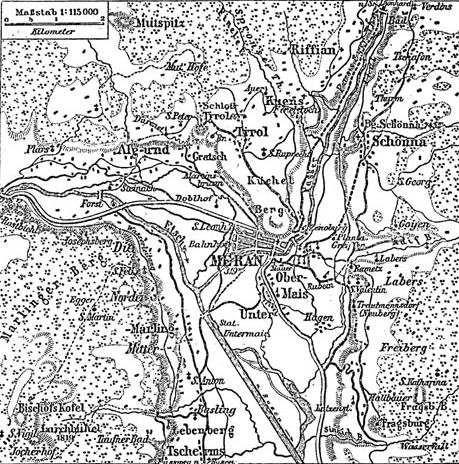|
Günther Dissertori
Günther Dissertori (born 1969) is an Italian physicist, scientist, professor for particle physics and rector at ETH Zurich. Life Günther Dissertori grew up in Algund, a village in South Tyrol, Italy. He studied physics at the University of Innsbruck and worked as a doctoral student at CERN in Geneva, where he began his research career. There, he worked with the ALEPH particle detector at the Large Electron–Positron Collider (LEP) on studies of strong interactions, which was the subject of his doctoral thesis in 1997. He continued working at CERN as CERN Fellow and then as member of its Research Staff. Together with ETH colleagues, Dissertori helped to set up the CMS experiment at the Large Hadron Collider (LHC) of CERN. These experiments allowed to prove the existence of the Higgs boson. With his group, Dissertori also developed new Positron emission tomography (PET) devices. A cost-efficient brain PET scanner resulted from this work. [...More Info...] [...Related Items...] OR: [Wikipedia] [Google] [Baidu] |
Meran
Merano (, , ) or Meran () is a city and ''comune'' in South Tyrol, northern Italy. Generally best known for its spa resorts, it is located within a basin, surrounded by mountains standing up to above sea level, at the entrance to the Passeier Valley and the Vinschgau. In the past, the city has been a popular place of residence for several scientists, literary people, and artists, including Franz Kafka, Ezra Pound, Paul Lazarsfeld, and also Empress Elisabeth of Austria, who appreciated its mild climate. Name Both the Italian () and the German () names for the city are used in English. The Ladin form of the name is . The official name of the municipality (''comune'') is ''Comune di Merano'' in Italian and ''Stadtgemeinde Meran'' in German (both are in official use). History In 17th-century Latin, the city was called ''Meranum''. Other archaic names are ''Mairania'' (from 857 AD) and ''an der Meran'' (from the 15th century). Origin The area has been inhabited since the t ... [...More Info...] [...Related Items...] OR: [Wikipedia] [Google] [Baidu] |
Higgs Boson
The Higgs boson, sometimes called the Higgs particle, is an elementary particle in the Standard Model of particle physics produced by the quantum excitation of the Higgs field, one of the fields in particle physics theory. In the Standard Model, the Higgs particle is a massive scalar boson with zero spin, even (positive) parity, no electric charge, and no colour charge, that couples to (interacts with) mass. It is also very unstable, decaying into other particles almost immediately. The Higgs field is a scalar field, with two neutral and two electrically charged components that form a complex doublet of the weak isospin SU(2) symmetry. Its " Mexican hat-shaped" potential leads it to take a nonzero value ''everywhere'' (including otherwise empty space), which breaks the weak isospin symmetry of the electroweak interaction, and via the Higgs mechanism gives mass to many particles. Both the field and the boson are named after physicist Peter Higgs, who in ... [...More Info...] [...Related Items...] OR: [Wikipedia] [Google] [Baidu] |

